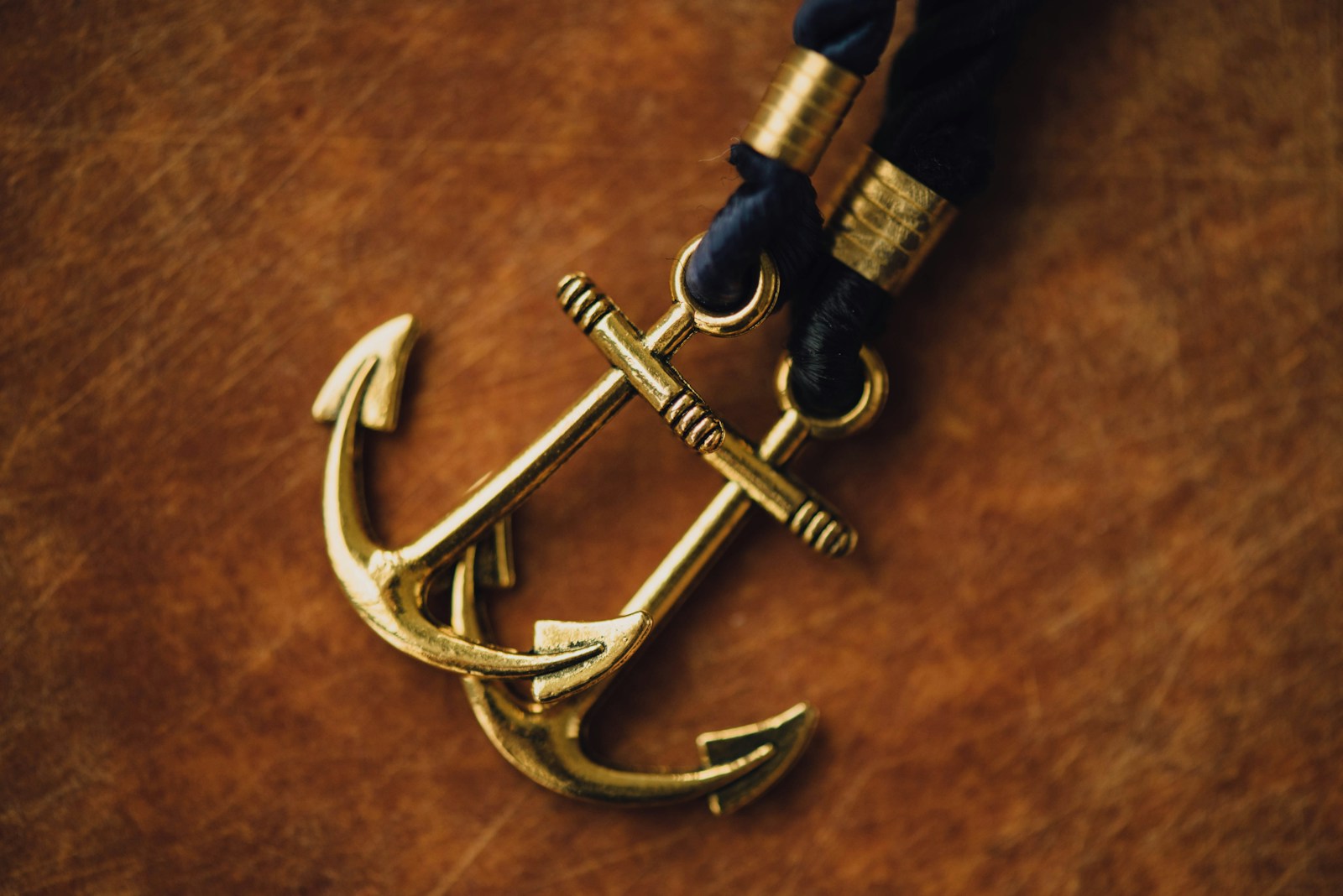Anchoring in strong currents can be daunting, but with the right approach

you can ensure your boat stays secure and safe. Here are some essential tips for anchoring in strong currents:
Select the Right Anchor: Choose an anchor designed to provide excellent holding power in challenging conditions. Options like a plow or a grapnel anchor are often preferred for their ability to grip the seabed securely.
Use Sufficient Weight: In strong currents, consider using a heavier anchor to increase its ability to hold your boat against the force of the water. A heavier anchor will have better penetration and resistance to dragging.
Increase Scope Ratio: Increase the length of anchor rode (line or chain) deployed to provide better holding power. In strong currents, aim for a scope ratio of at least 7:1 or even higher if conditions are particularly challenging.
Deploy Multiple Anchors: Using multiple anchors can distribute the load and provide added security in strong currents. Set the anchors in different directions to counteract the force of the current from various angles.
Set the Anchor Properly: Lower the anchor slowly to the seabed while keeping your boat stationary against the current. Once the anchor reaches the bottom, allow it to dig in by gently backing down on the anchor while paying out rode.
Monitor Drift: Keep a close watch on your boat’s position relative to nearby landmarks or GPS coordinates. Strong currents can cause boats to drift, so be prepared to adjust your position or reset the anchor if necessary.
Use Anchor Angels: Anchor angels are devices that can help keep your anchor set at the correct angle to the seabed, improving its holding power. Consider using one if you frequently anchor in strong currents.
Stay Flexible: Be prepared to adapt your anchoring strategy based on changing conditions. If the current strengthens or shifts direction, be ready to reposition your boat or deploy additional anchors as needed.
Seek Shelter: Whenever possible, anchor in areas where natural features provide protection from the full force of the current. Look for coves, behind islands, or in areas with natural barriers that can reduce the impact of the current on your boat.
Have a Backup Plan: In case your anchor fails to hold or conditions become too challenging, have a backup plan in place. This may include having a secondary anchor ready to deploy or knowing alternative anchorages nearby where you can seek refuge.

